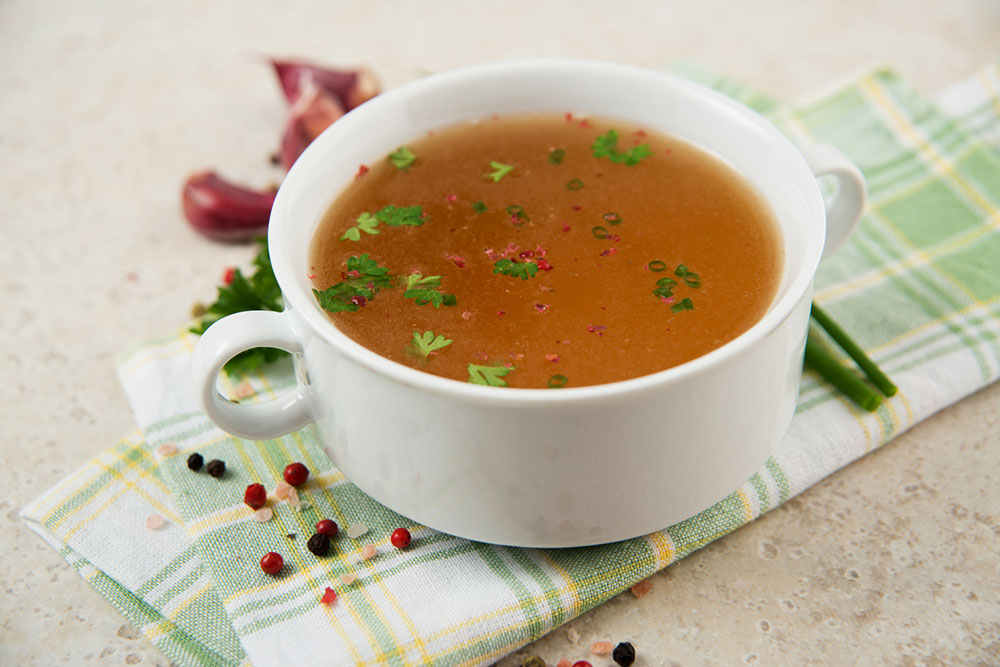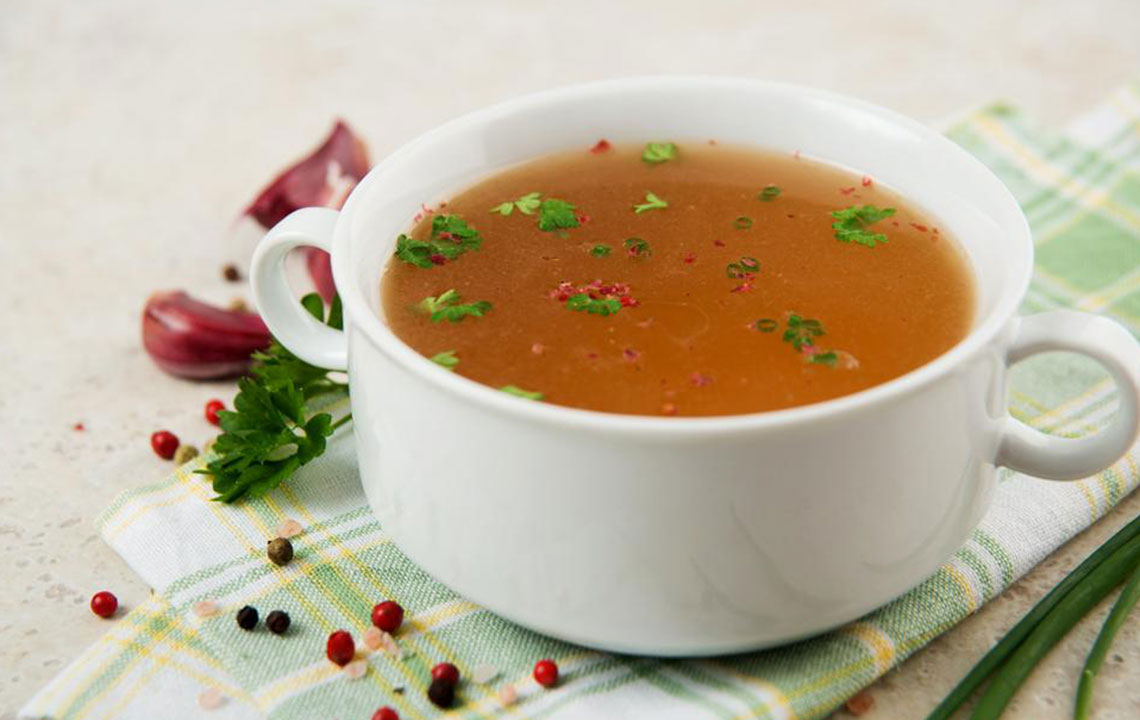Comprehensive Guide to Liquid Diets for Detoxification and Weight Loss
Explore comprehensive liquid diet strategies designed for detoxification and weight loss. This guide covers meal replacement plans, grapefruit diets, and detox protocols, emphasizing safety, nutritional balance, and personalized approaches to boost health and support weight management effectively.

Comprehensive Guide to Liquid Diets for Detoxification and Weight Loss
In today’s health-conscious society, maintaining optimal health has become a significant priority for many individuals. With rising concerns about obesity, metabolic disorders, and joint problems, people are constantly seeking effective methods to improve wellness, shed extra pounds, and detoxify their bodies. One increasingly popular approach is adopting a liquid-based diet, which offers numerous advantages for weight management and health restoration. This article explores various liquid diet strategies, their benefits, potential risks, and practical tips to implement them safely and effectively.
Transitioning to a liquid diet involves substituting solid foods with liquids such as water, broths, fruit and vegetable juices, smoothies, and herbal teas. These liquids are designed to be gentle on the digestive system, minimize residue in the gut, and provide essential nutrients in a concentrated form. This approach is particularly beneficial for individuals undergoing medical treatments, recovering from illnesses or surgeries, or those aiming to kickstart their weight loss journey through detoxification.
Choosing the right liquid diet plan is crucial for achieving desired health outcomes. A well-structured detox or cleansing liquid diet can help eliminate toxins accumulated in the body and enhance metabolic function. For example, the popular lemonade cleanse involves consuming a mixture of water, organic maple syrup, fresh lemon juice, and cayenne pepper for about a week. Such protocols have been reported to lead to weight loss of 2 to 7 kilograms, depending on individual body conditions and adherence.
Meal Replacement Liquid Diets: Balancing Nutrition for Weight Loss
Meal replacement strategies using specially formulated juices and protein shakes provide a balanced intake of essential macronutrients—proteins, carbohydrates, and fats—alongside micronutrients like vitamins and minerals. These diets are designed to ensure satiety and nutritional adequacy while reducing calorie intake. For instance, nutrient-rich juices made from tomatoes, carrots, spinach, and other vegetables can supply vital nutrients without excess calories. To optimize results, some individuals incorporate healthy solid snacks such as salads, nuts, or protein bars alongside their liquid meals, especially when used for longer durations.
For short-term detoxification, a one-day liquid plan targeting cleansing may suffice. For sustained weight loss, using meal replacements strategically can help control calorie intake while maintaining nutritional balance. It’s important to avoid artificial sweeteners and added sugars to prevent undermining detox goals and to support healthy metabolic function.
Grapefruit-Enhanced Weight Loss Diet
This specific approach involves consuming small portions of whole grains, wheat-based products, fresh salads, and grapefruits during meals. Grapefruit contains natural enzymes that can promote fat burning when consumed before meals, supporting weight loss efforts. With proper adherence, this diet can contribute to weight reductions of up to 10 pounds over time. The natural acids and bioactive compounds in grapefruit also help regulate blood sugar levels and improve digestion, making it an effective component of a comprehensive weight management plan.
Key advantages of adopting a liquid diet include widespread ingredient availability, cost-efficiency, improved metabolic rate, detoxification, and digestive support. These nutritionally balanced, low-calorie options provide an accessible, convenient means to enhance overall health, aid weight loss, and improve vitality.
To give you a practical understanding, here is a sample daily liquid detox plan. It’s essential to personalize your diet by consulting a healthcare professional or registered dietitian to meet your individual health needs and goals:
Early Morning 6 a.m. – Warm water infused with lemon and a pinch of sea salt
Breakfast 7 a.m. – Smoothie made from oranges, pomegranate seeds, cubed melon, and fresh mint leaves
Mid-Morning 10 a.m. – Glass of fresh apple juice or herbal infusion
Lunch 12 p.m. – Clear cucumber and celery soup alongside a cup of chicken or vegetable broth
Afternoon Refreshment 3:30 p.m. – Buttermilk or herbal tea with a dash of honey
Dinner 7 p.m. – Creamy blended squash or mushroom soup, rich in flavor and nutrients
Always tailor your diet plan with the guidance of a qualified nutritionist. Remember, while short-term liquid diets can be beneficial, prolonged low-calorie intake may lead to nutritional deficiencies. Use these strategies responsibly and prioritize your body’s needs to ensure safe and sustainable health improvements.
In conclusion, adopting a liquid diet can be an effective method for detoxification and weight loss if performed thoughtfully and with professional guidance. It supports better digestion, boosts metabolism, and facilitates rapid removal of toxins. Whether you’re looking for a short-term cleanse or a structured weight loss plan, understanding the different types of liquid diets and their applications can empower you to make informed health choices and achieve your wellness goals more efficiently.





